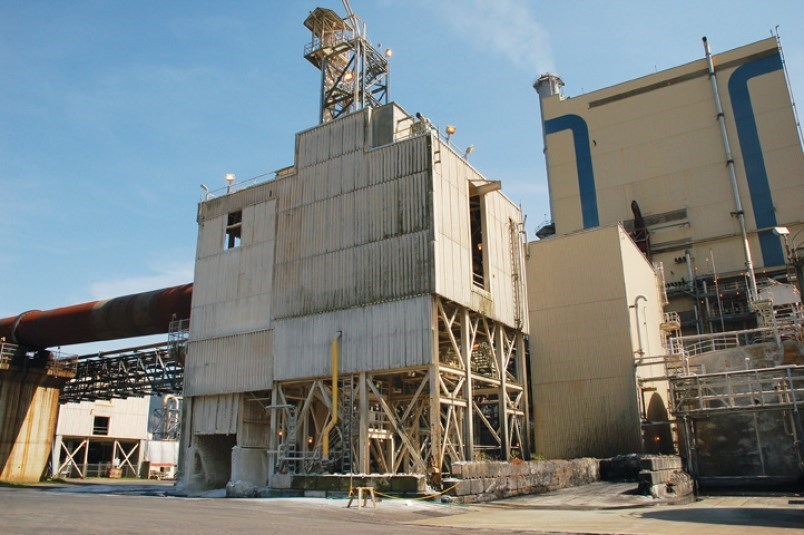WorkSafeBC has delivered its report into a May 12 incident at Howe Sound Pulp & Paper Mill that saw six workers taken to the hospital after being exposed to “foul condensate fumes.”
WorkSafeBC’s occupational hygiene officer Peder Gorseth inspected the Port Mellon mill worksite on May 13, the day after the incident, his May 18 report states. WorkSafeBC has not issued any orders in relation to this incident but has included a few suggestions to the employer.
The report states that both the Howe Sound Pulp and Paper Corporation and RCMP officers notified WorkSafeBC about the incident, which took place during the mill’s annual shutdown on May 12. (It also notes the multiple ambulance trips — three throughout the day, according to BC Emergency Health Services — was likely why RCMP members attended the scene.)
“Start-ups after a major shutdown (re commissioning) are one of the most hazardous times at a pulp mill,” Gorseth wrote in his report. “Close coordination between department[s] is required before operators make operational choices that affect other areas of the plant.”
The source of the contamination was not found, and “It is still unclear why the fluid… contained so much foul condensate,” the report states. “At this time the actual source of the foul condensate is unknown, and the employer may never know because the volume of foul condensate might only have been in the litres, and the pipes and vessels are large and enclosed,” Gorseth wrote. When the HSPP fire department swept the air, there were no measurements of contaminant above one ppm (parts per million), and the only readings were directly adjacent to the tank drain.
There were no serious injuries, but six workers reported symptoms consistent with exposure to low-levels of condensate gasses, including “dizziness, nausea, headaches, and (for some workers) a sore throat and minor breathing difficulty.” The report notes all of the affected workers were able to return to work the next day.
The report also comments on how gas detectors are available for workers on-site, but could not confirm whether the exposed workers were wearing the devices and potentially “had no way of knowing if the concentrations in the building [were] very harmful, or not, except by the presence and intensity of the odour.” A gas detector would be able to not only warn workers to leave an area, but could also reassure workers they had “only” encountered a bad smell. Gorseth also notes that “The basic problem that HSPP has been dealing with for the last several years is that some of the gases [sic] associated with kraft pulping are extremely odiforous, but an obnoxious odour and a harmful level of gas smell much the same. The odour threshold can be at very low concentrations (parts per billion), far below any related occupational exposure limit (parts-per-million), but once exposed to high concentrations of the gases workers rapidly lose their ability to smell some of these gases at all. This means that only gas detectors are reliable for determining harmful levels of gas, or not. ‘Smell’ is an unreliable indicator of the actual concentration of harmful vapours at a kraft pulp mill.”
The report said “the employer was correct to follow their first aid procedures as written.
“The first aid procedures err on the side of safety, but there is a cost to the employer in elevated community attention — reinforcing the idea among the work force that experiencing an odour equates to injury,” the report said.
Suggestions to the company included coordination and communication for simultaneous operations (known as SIMOPS) when working on something that will affect other processes or equipment. Function loop checks and periodic alarm reviews are recommended.
The employer, HSPP, is also required to complete an investigation. Gorseth notes a preliminary or full investigation was 90 per cent complete when he arrived the next day. That investigation identified recommendations, some of which were taken immediately and others are scheduled. A process safety goal identified by the employer is the development of a multi-department communication standard.
WorkSafeBC report May 12 HSPP incident by K Bartlett on Scribd



